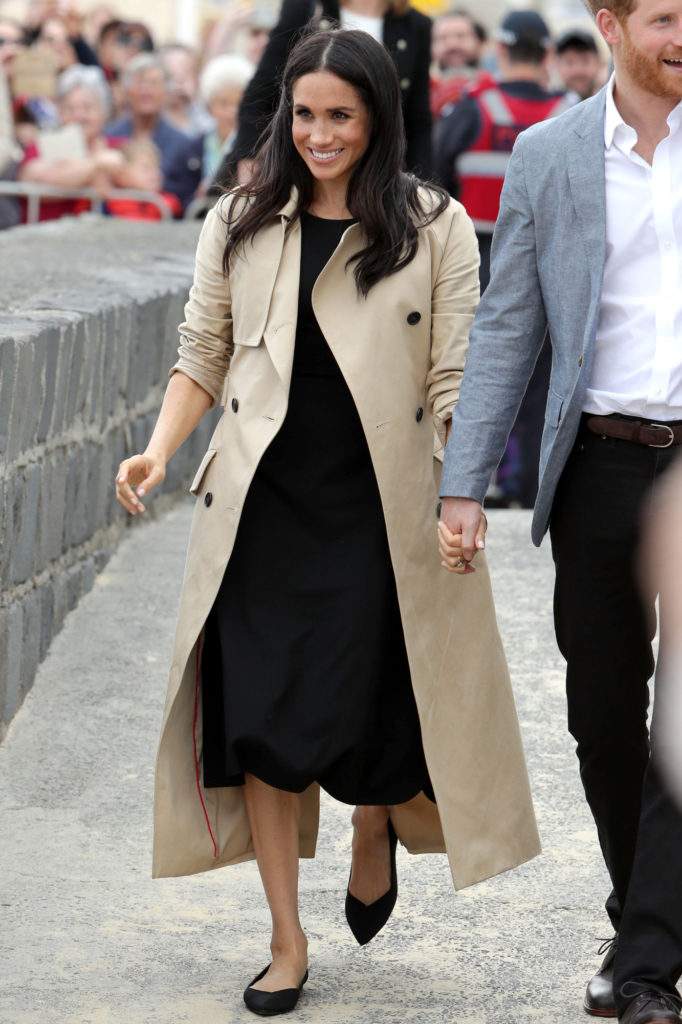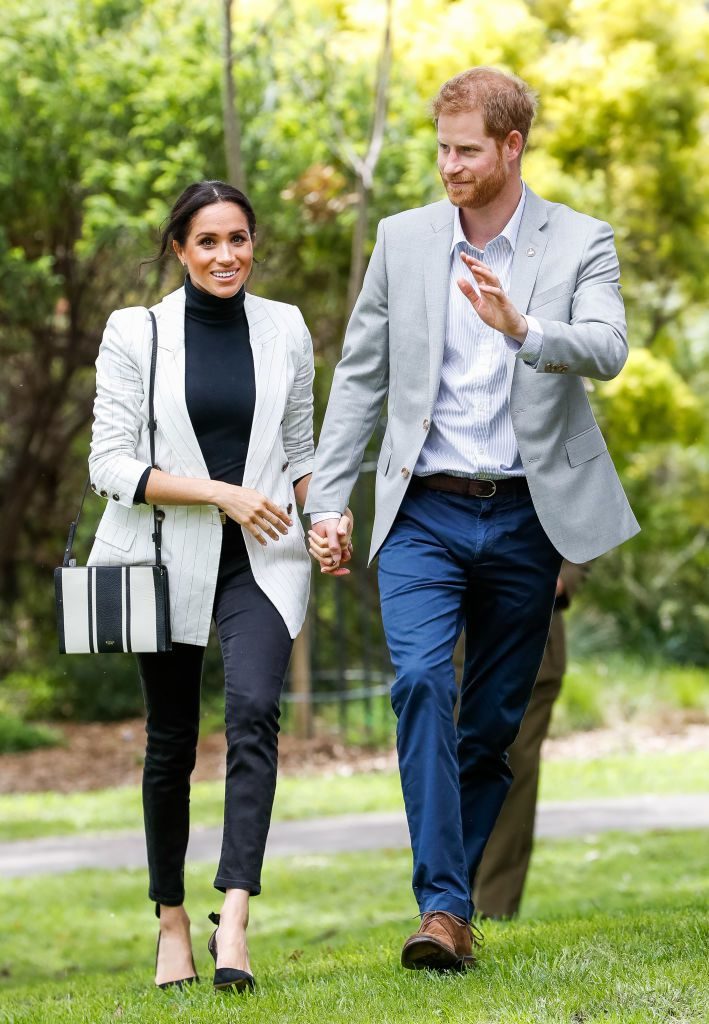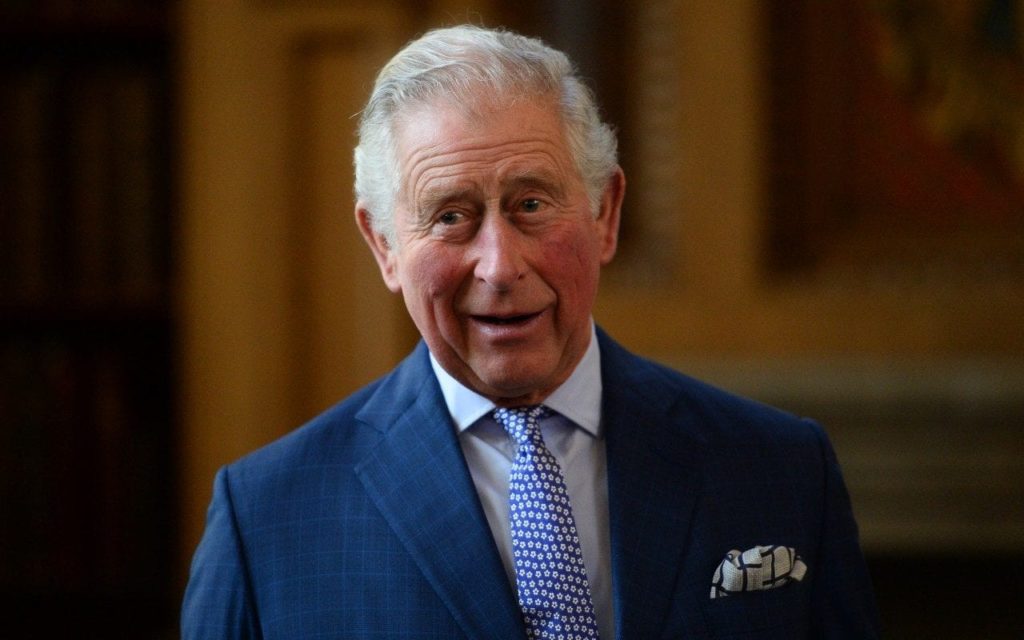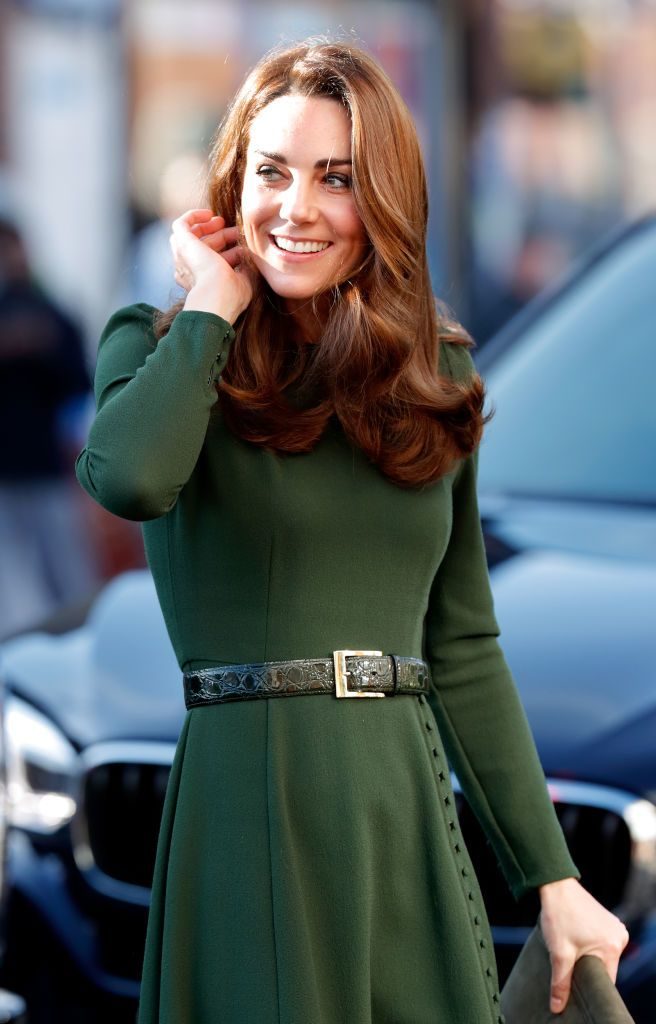“Fashion represents a powerful common language and platform through which to influence young people around key issues”. –Patricia Scotland.
She is arguably one of the most influential women in the world. And while the world is obsessing over the new arrival, the fashion world is waiting to see what Meghan Markle will wear when she presents her baby to the world.

Since joining the royal family in 2018, Meghan Markle has become a fashion force. Her choices have led to what has been described as the ‘Meghan Markle effect’ – and that it is, whatever she wears, people buy it. Every public outing is a chance for the fashion world and retailers to snapshot a future trend, a ‘must have’ item, and in more recent times a cultural movement. Strategic choices? Without a doubt.
In late 2018 when on a 16 – day tour through Australia, New Zealand, Fiji, and Tonga – the Duchess sported a number of sustainable and ethical brands, and in a pleasing juxtaposition of the royals of days past, the brands aren’t exclusive or out of reach for the rest of us. Veja, Outland Denim, Reformation, and popular sustainable label Stella McCartney were among some of the brands elevated on to the world stage. The exposure from her considered choices had a profound influence on the fashion industry’s sustainability movement, giving rise to consumer awareness around ‘fast fashion’, the environmental impact and ethical issues in the industry.

Meghan isn’t the only royal using their influence to highlight the need for change in the fashion industry.
Prince Charles has been a fashion activist for years founding the “Campaign for Wool’ in October 2010 that creates awareness and promotes the use of wool over synthetic materials in fashion.
In an organisation event in 2016, Charles acknowledged that fashion designers are now using more wool in their work then they did 10 years ago. However, “there is still a lot of work to be done,” he said. “As someone who cares deeply about the environmental impact of life and the effects on our countryside, I urge you all to continue your fantastic work to build on the great achievements of this campaign.”

The Duchess of Cambridge, Kate Middleton, is also a notable influence, with the popular royal often choosing to re-wear outfits to royal engagements. It’s no surprise this gets increased media attention, as it’s often considered a fashion faux par for celebrities and popular personalities to recycle outfits. It also bucks the trend of popular culture driven by social media, where consumers have a wear once, seen once and throw away mentality.

In the current climate of ‘fast fashion’ and changing trends, the thoughtful and strategic sartorial choices of the royal family is going a long way in changing consumer behaviour and increasing awareness around sustainability and ethical issues in the industry.